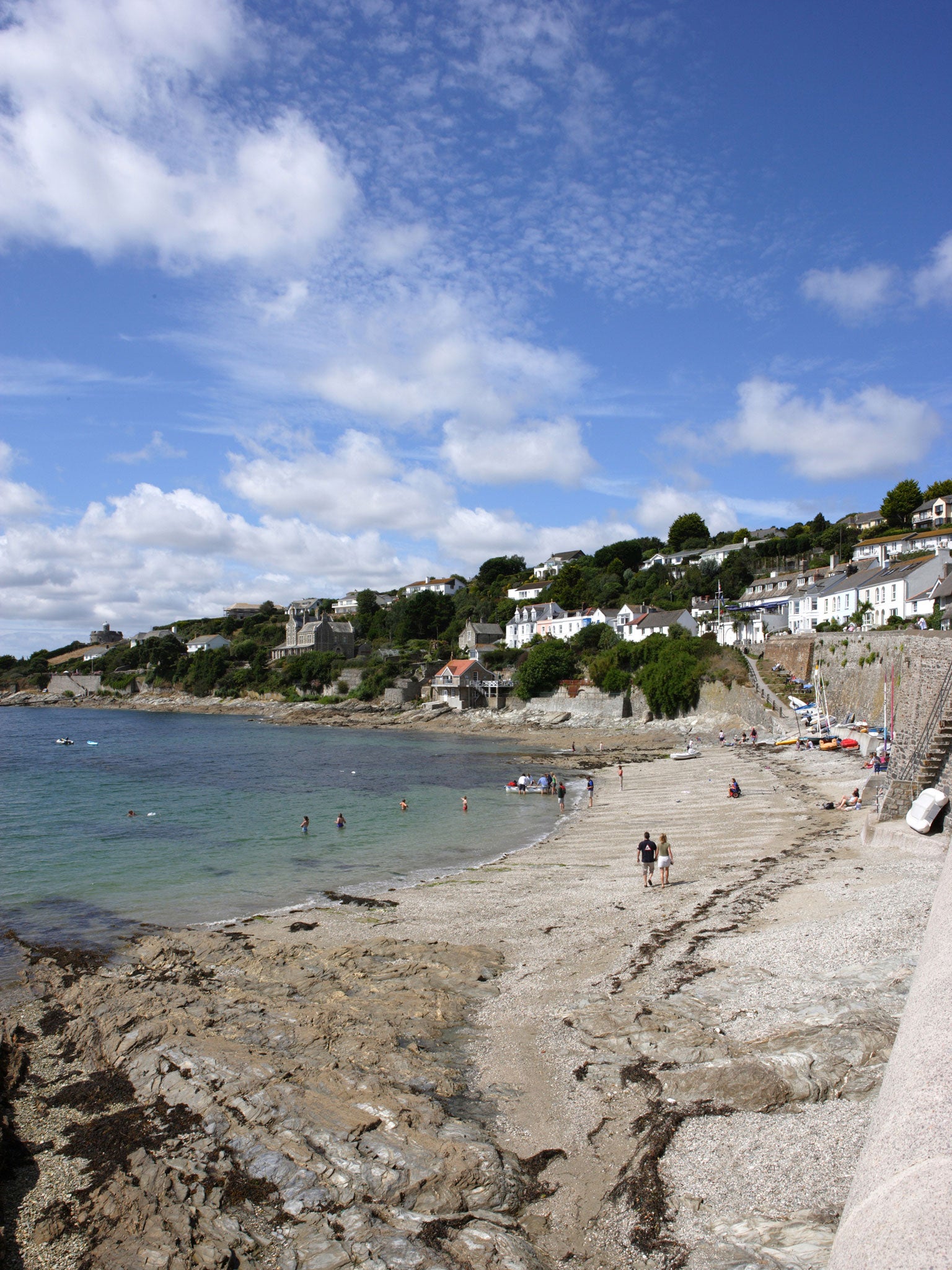Something To Declare: At the end of a long journey is the desire to be somewhere else

One of the fascinating truths about second homes is that owners always lie about how long it takes to reach them. This is obviously a defence mechanism to protect against criticism or self-doubt.
I am writing this after a weekend with friends near St Mawes in Cornwall, a house enviable in every way except that it is 300 miles from where I really want to be (which is any SW London postcode). “What an awful journey! How do you cope?” I always ask my friend. “Don’t be a wuss,” he replies and breezily adds, “You can drive it in four-and-a-quarter hours.” In a big Mercedes with no traffic and a bit of a press-on mood in my heart, it took nearly seven.
Still, this is part of the haunting attraction of Cornwall. The brain-mangling ennui of the motorway, the headachey road-noise tedium, the horror of seeing a sign which says Exeter is still 58 miles away – all contribute to a sense of separateness that makes Cornwall so distinctive. There is a theory, not so far as I know unproven, that for every 25 miles from Sloane Square SW3, you go back five years in time.
So, an element of Cornish identity is nourished by ideas of real and theoretical remoteness that is both cultural and historical. Sometimes these ideas take a lurch into sentimentality. One of Clive James’s best jokes was announcing that Poldark, the Seventies telly series based on Winston Graham’s novels, was an anagram of “old krap”.
That’s true in specifics, but unfair in general, because Cornwall has inspired some great writing. Daphne du Maurier, of course. Auberon Waugh was in love with the county as, most notably, was John Betjeman who is buried at St Enodoc, close to the brattish Doom Bar micro-culture of Rock.
But there are problems. Like my native Wales, with which it shares an unspeakable Brythonic Celtic language, Cornwall offers a perplexing conundrum to amateurs of architecture. How is it that such magnificent countryside has not inspired great buildings? On the contrary, magnificent countryside seems to be a positive, or maybe I mean negative, deterrent to man-made beauty. The creepy, dispiriting ugliness of many Cornish villages cannot be enjoyed even ironically.
And when someone tackles the grim vernacular with some gung-ho modernismo, you get Padstow – as horrible an example of heartless brand mentality as you could wish to find. Or avoid. What Rick Stein has done to Padstow makes you wonder what Jamie Oliver would do to San Gimignano.
So I am, or was, uncertain about Cornwall. One thing I do feel unambiguously positive about is the hotel where we stayed. This was the Driftwood at Rosevine, which has a startlingly wonderful location on a site that falls down to what is virtually a private beach.
We woke on our first morning and looked at an umbrella pine silhouetted against turquoise sea. My wife blinked and I said, raising the eloquent literary spirits of the neighbourhood: “Gosh! Isn’t this lovely? We could be in Monterey or St-Jean-Cap-Ferrat!” So there you have it. Wherever we are, we want to be somewhere else. We don’t deceive ourselves only about distances; we deceive ourselves about locations too.
Subscribe to Independent Premium to bookmark this article
Want to bookmark your favourite articles and stories to read or reference later? Start your Independent Premium subscription today.

Join our commenting forum
Join thought-provoking conversations, follow other Independent readers and see their replies